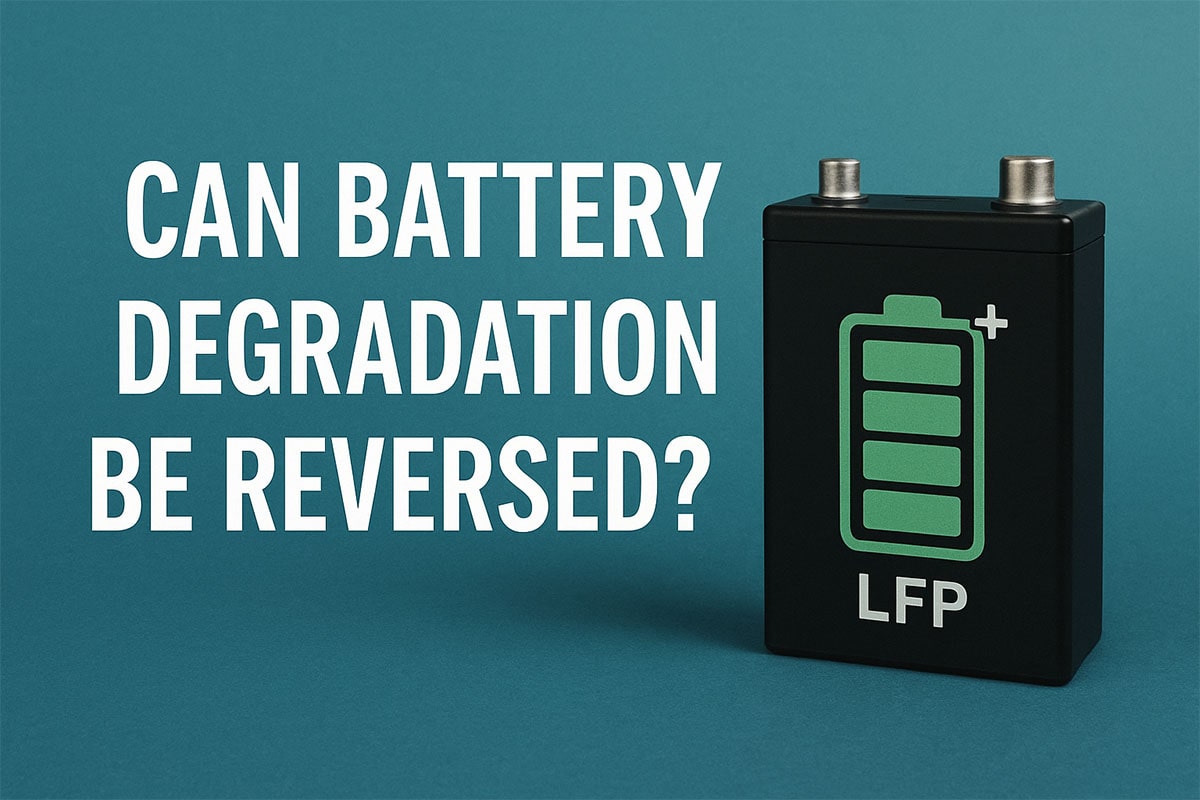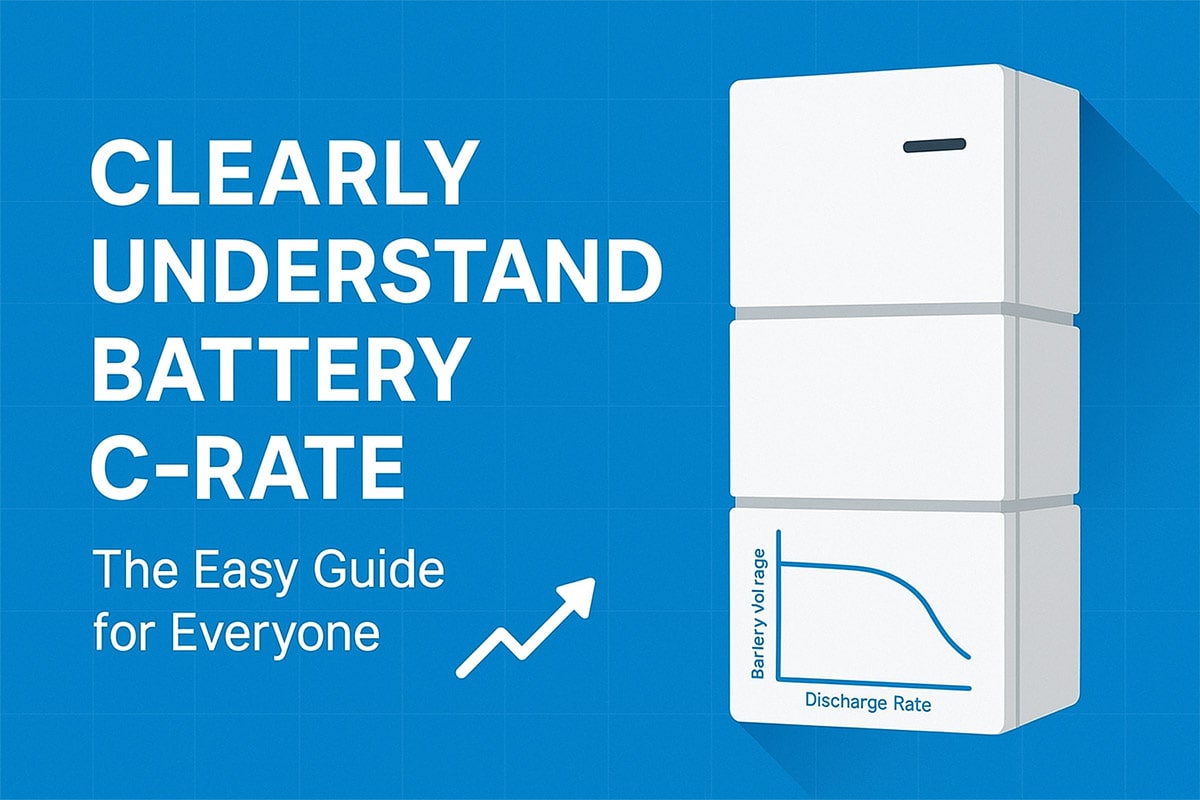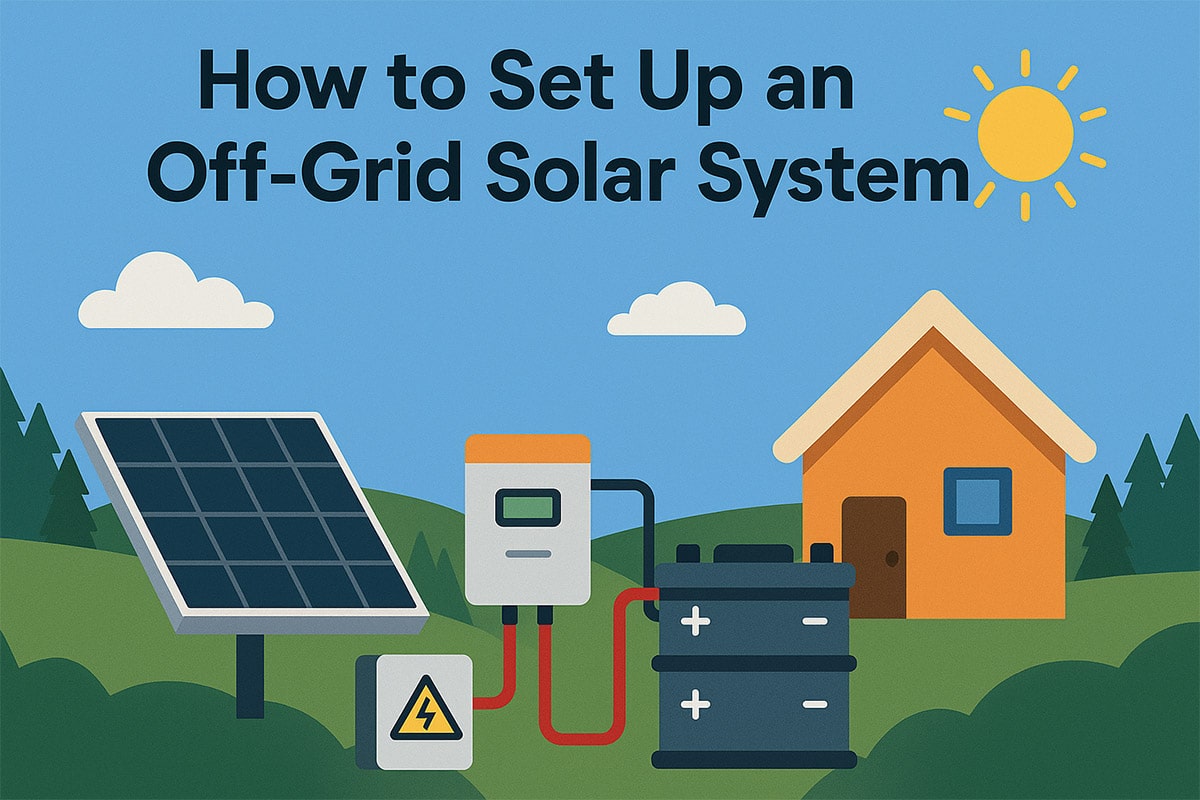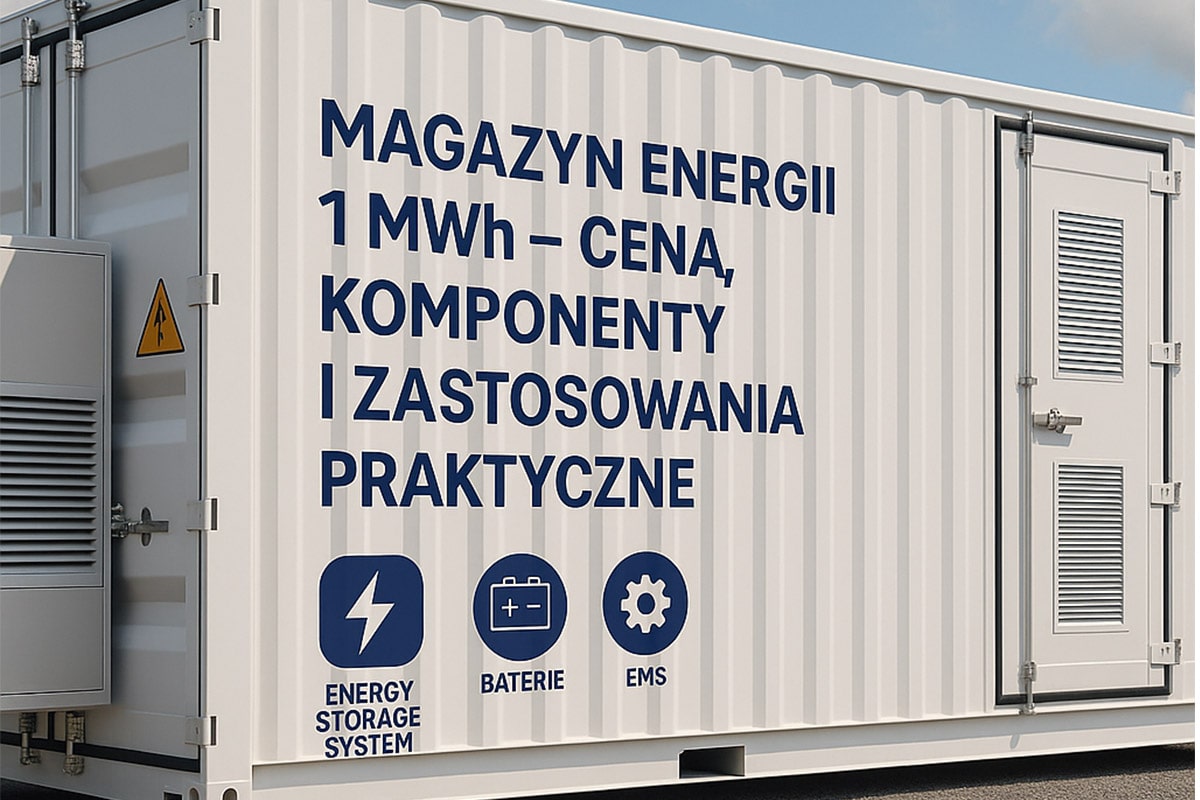Solar Panel MBB vs. 5BB
Solar Panel MBB vs. 5BB
Recently, the wind in the photovoltaic industry seems to be blowing to the multi-busbar (MBB) module. Many powerful players in the photovoltaic industry have stepped up research and development in MBB technology, and pioneers have announced the launch of mass-produced new MBB products one step earlier, and the production capacity of half-cut multi-busbar modules in the industry has rapidly increased. It is no wonder that there is a voice in the industry saying that 2019 is expected to be the first year of the explosion of MBB modules.
In fact, multi-busbar technology is not a new thing, MBB has been “calling” for a long time. From the previous 2BB, 3BB to 4BB, 5BB, it is basically a step in two to three years. Now, the mainstream of the market is 5BB, and the upgrade speed has obviously slowed down. So, is it true that the more grid lines, the better (such as 9BB, 12BB, etc.)? Compared with MBB and 5BB technology, who is better and who is worse?
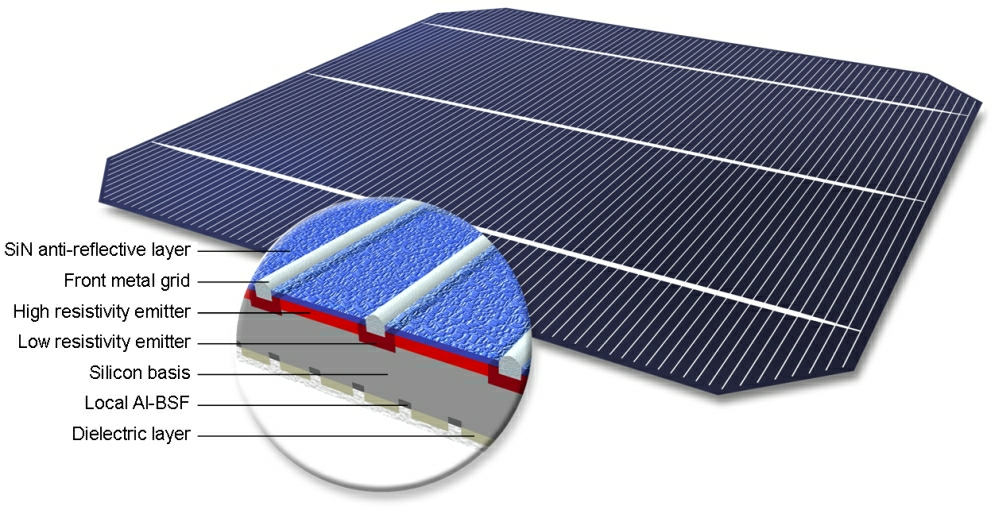
Speaking of the advantages of MBB, it should be very obvious in theory. Increase the amount of light received by the cell and reduce the series resistance of the module by thinning the grid line, which can increase the power of the crystalline silicon module by about 5W (compared to 5 main grids). On the other hand, this technology can also save part of the consumption of silver paste, thereby reducing the cost of the battery .
However, the theory is the theory, will the MBB technology bring obvious power generation gains in practical applications?
In fact, under the standard test conditions (irradiation is 1000W/m2), the power gain of MBB mainly comes from two aspects: 1. Electrical gain, multi-busbars shorten the current transmission distance of thin grid lines, reduce the series resistance Rs, and then reduce the resistance Loss; 2. Optical gain, MBB can effectively reduce the shading area of the grid line, increase the light receiving area of the battery, and increase the light receiving amount of the battery when the incident angle is 0.
But the reality is often not as good as the theory. First of all, as for the electrical gain, it is difficult to reach the level of 1000W/m2 under the actual use conditions of the module, especially in the southern region, so the performance of the module at low irradiation is more important in the actual application process. Studies have shown that the low series resistance characteristics of multi-busbar modules will become an obstacle to power generation under weak light conditions. At this time, the power generation capacity of multi-busbar modules is worse than that of mainstream 5BB modules.
Secondly, for the optical gain part, there are similar problems. Under the standard test conditions, the light is vertically incident on the component, but in the actual project of the component, the incident angle of the light will change significantly with time from morning to night. Because the diameter of the round welding wire used by MBB is relatively small The thickness of conventional 5BB products is significantly increased. When the light is obliquely incident, the MBB module itself will form a large area of shadow blocking, which will reduce the optical gain brought by the MBB. The optical gain of round welding wire is greatly affected by the incident angle of the sun. The gain is the largest when the light is directly irradiated, and the gain effect decreases when the incident angle decreases.
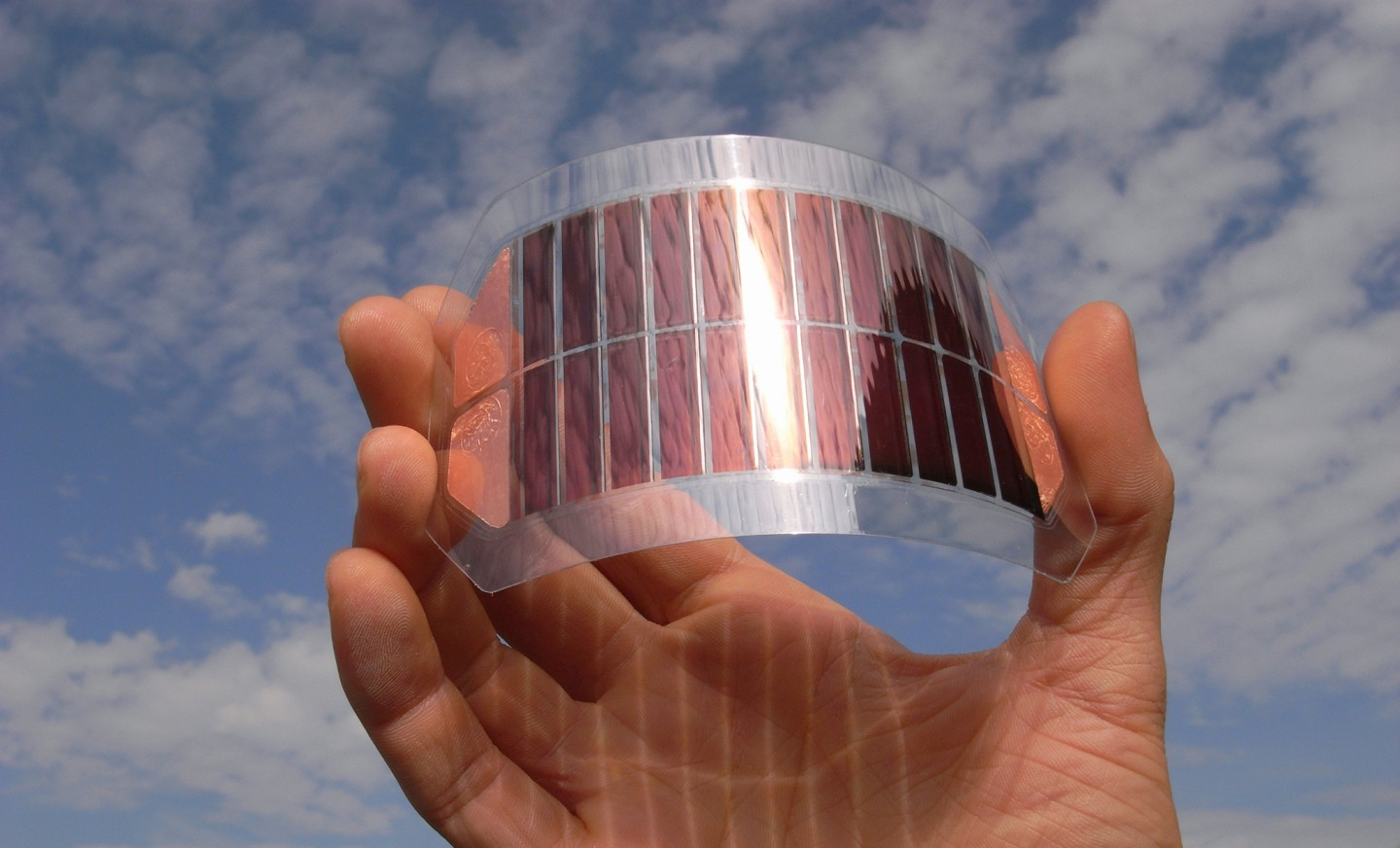
In response to the above two problems, some companies conducted empirical comparisons of the power generation of 12BB and 5BB single-sided modules, and 18BB and 5BB double-sided modules.
In the 13-month power generation test, the power generation of 12BB monofacial modules was 2.41% lower than that of 5BB monofacial modules.
In the 7-month power generation test, the power generation of 18BB bifacial modules was 2.47% lower than that of 5BB bifacial modules.
In order to further study the reasons for the poor power generation performance of multi-busbar modules in actual projects, the company also compared the power generation performance of 12BB single-sided modules and 18BB double-sided modules under various radiation intensities, whether it is 12BB modules or 18BB modules For components, the lower the irradiation intensity, the worse the power generation performance. For example, when the irradiation amount is 200~400W/m2, the power generation of the multi-busbar module is more than 3% lower than that of the conventional 5BB module under this radiation intensity.
It can be said that “practice leads to true knowledge”, and the data obtained from empirical experiments are the most convincing. To sum up, due to the poor low-light performance caused by the low series resistance of the multi-busbar module, its power generation performance in outdoor practical applications is poor, and the average power generation of the 5BB module is about 2% lower than that of the 5BB module.
This means that although the power of MBB modules increases by about 5 watts, it does not actually increase the power generation income, and the investment income is even lower than that of 5BB modules. MBB technology looks beautiful, but its practical application is not so good. The actual power generation capacity is doubtful, and its application value at the client end is not high. MBB technology is “beautiful if it is beautiful, but it is tasteless”. It is still too early to say what the so-called MBB outlet is!

